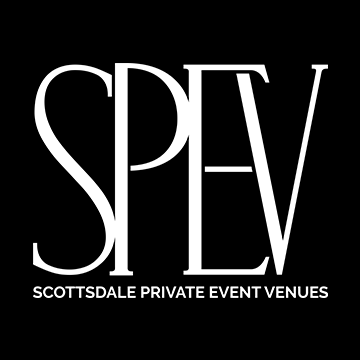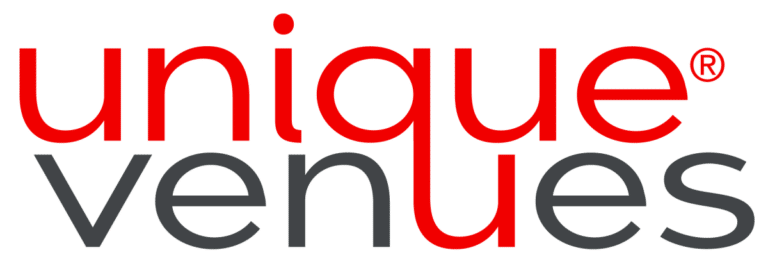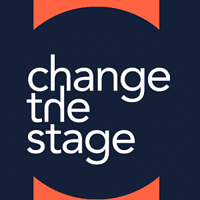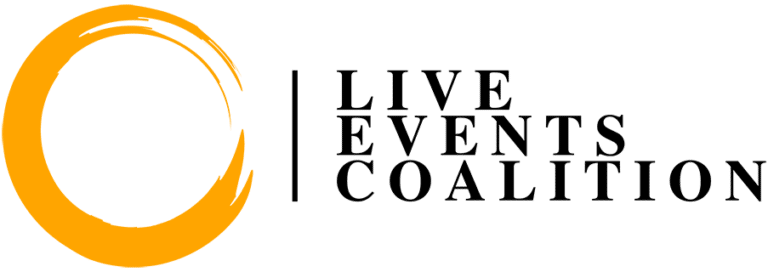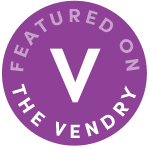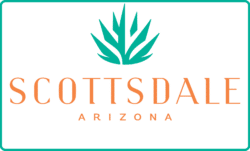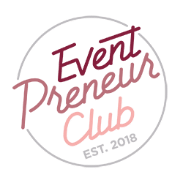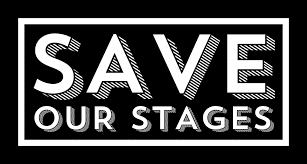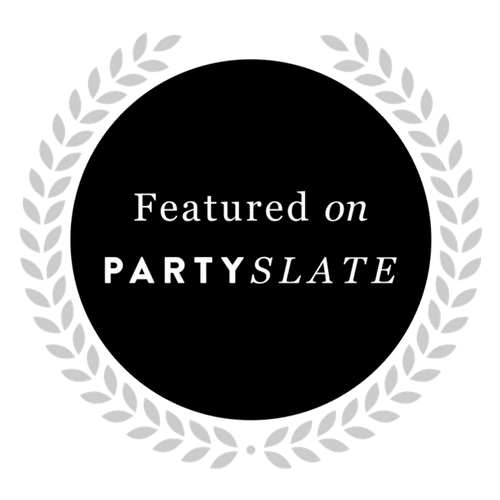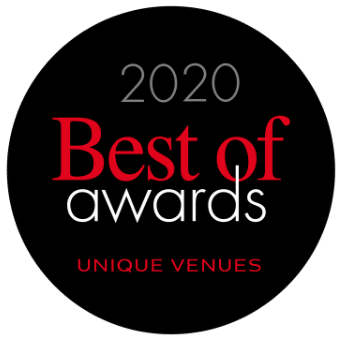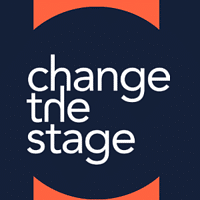Get Out of Your Own Way to Get More Creative. Who would have thought that knowledge could be a curse? But when it comes to creativity, what we’ve learned along the way can subconsciously limit our way of thinking up new ways to tackle some of our tough challenges. That’s one of the many things I learned from innovation consultant and keynote speaker Susan Robertson of Sharpen Innovation in just one half-hour campfire session at IMEX America this year.
“We all have cognitive biases we use to make assumptions based on our experience and knowledge. Step one toward being more creative is to get around those biases,” she told us, turning to the flipchart.
So how exactly are we supposed to do that? Smash your assumptions, she said. “Ask, ‘What if that doesn’t have to be true?’”
Start by listing everything you think you know about the topic at hand. She told us to list all the facts, givens, and obvious things, no matter how trivial they might seem. Some prompts she gave us include filling in the blanks on the following:
It must…
You can’t…
Clients always…
Everyone knows…
Well of course we have to…
The first topic she gave us to get creative about? Salad dressing. OK, so it comes in a bottle, is liquid, is something you put on salad to make it taste better, etc. Then she had us pick just one of the many assumptions we listed to smash.
One of the groups in our campfire picked the “has to be in a bottle” assumption. So if it didn’t have to be in a bottle, how would you deliver it? Their ingenious solution was to have it in the form of a pellet that you put in your mouth along with a forkful of greens. It would dissolve and mix with the greens right in your mouth—no fuss, no muss, and, of course, no bottle!
Salad dressing is pretty straightforward, but what if what you were trying to get creative about was how to make meetings more efficient? As with salad dressing, we first listed all the assumptions we held around meetings (have to bring a group together, have an agenda and a presenter, have start and end points, etc.) and efficiency (no tangents, timekeeper, get the most done in the least amount of time, etc.).
Then each small group at the campfire picked just one of our assumptions to smash—my group did away with the agenda and came up with a solution that looked a lot like Open Space.
More about creative
While that can be a good solution for some types of meetings. Say where the goal is to build relationships, share expertise, and brainstorm solutions, you also have to keep in mind that some assumptions can’t be smashed, she said. For example, if the goal of the meeting was to communicate the new corporate mandate. Open Space type of scenario probably wouldn’t be an effective choice. And some industries, such as the pharmaceutical business, have hard-and-fast regulations that must be adhered to. And yet there’s still room for creativity if you can choose a more smashable assumption—and there’s always a few you can do away with.
I love this tool, and have already used it a bunch of times to come up with solutions to some things that I have known for a long time aren’t working optimally. Ergo couldn’t quite get a handle on how to think differently about them.
Thanks to Susan. In one half hour, giving me something that I can and do use that’s easy to implement. But, most of all, really works! Long live neuroscience! Those who parse it for us laypeople to come up with strategies for making our brains work for us.
by Sue Pelletier in face2face
